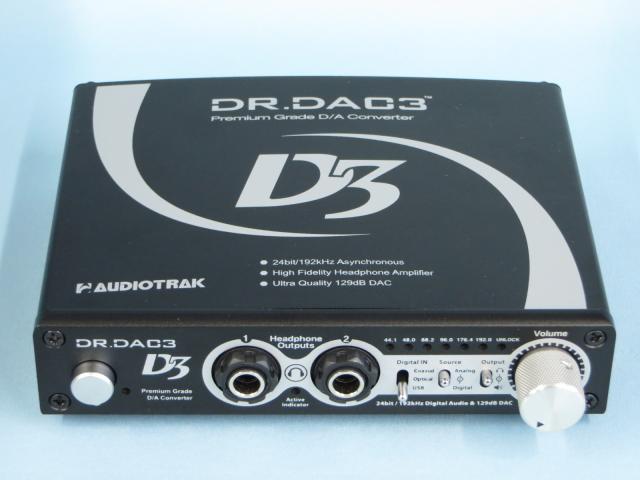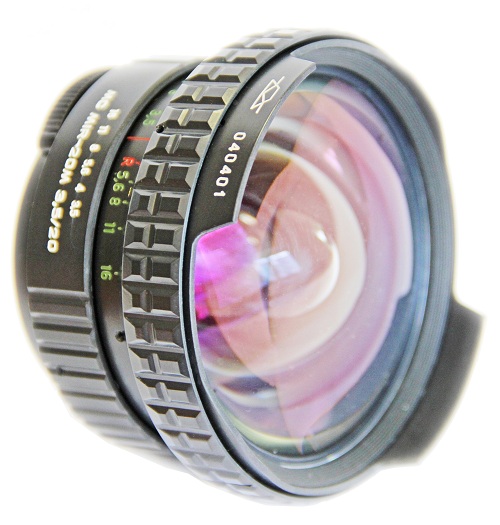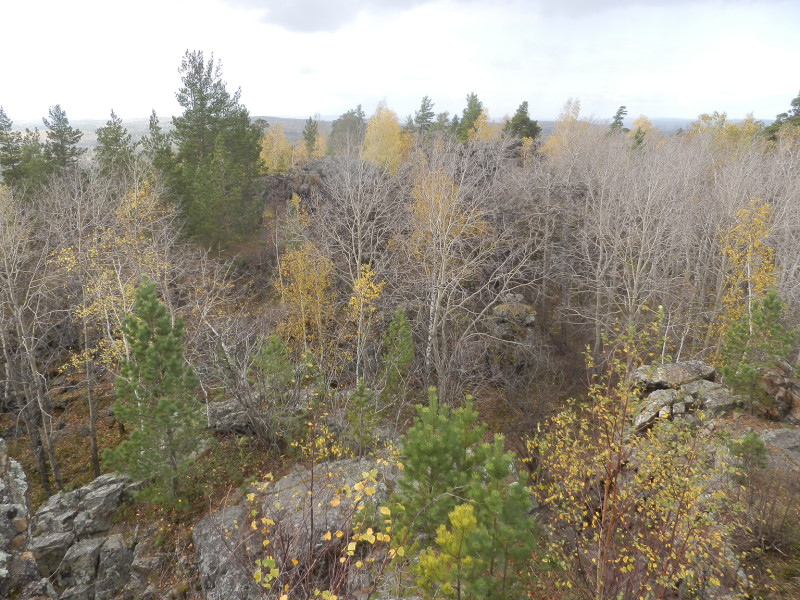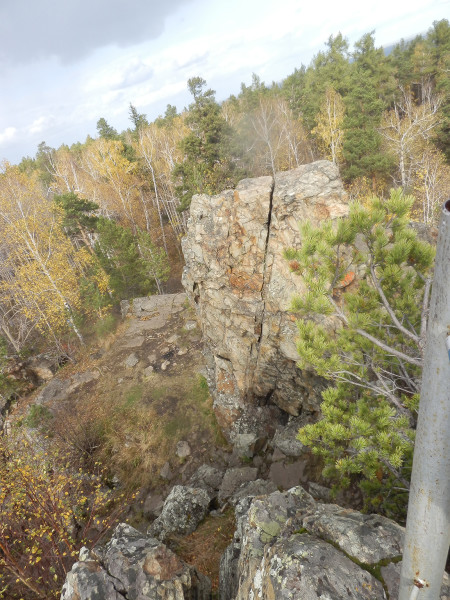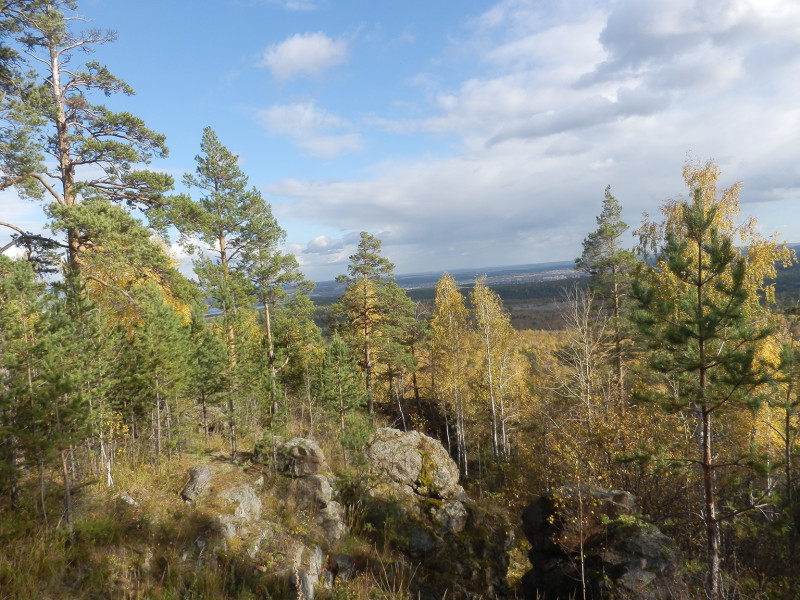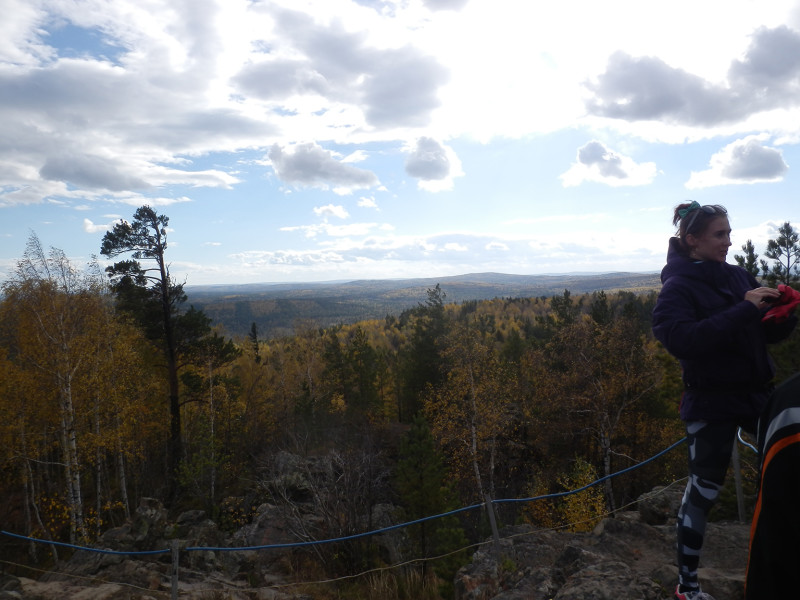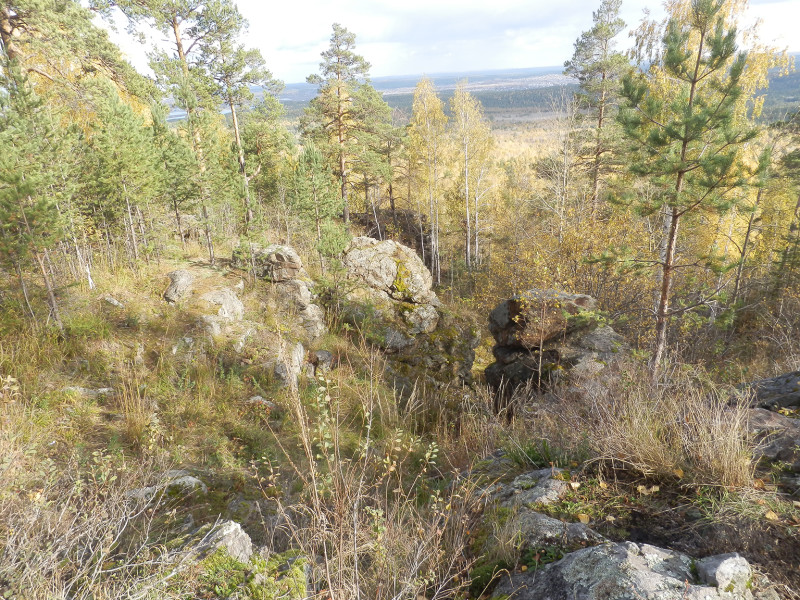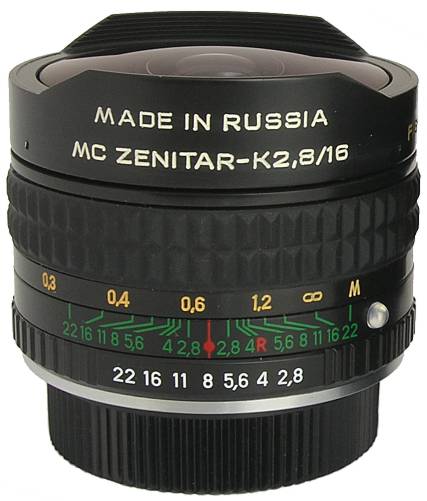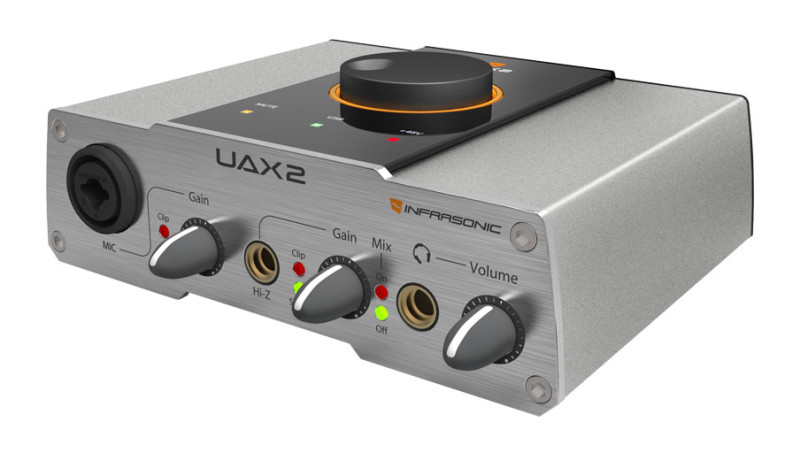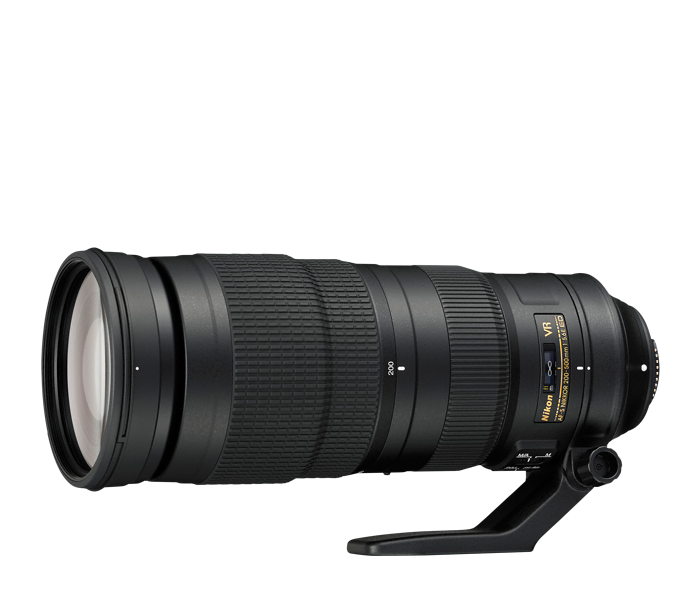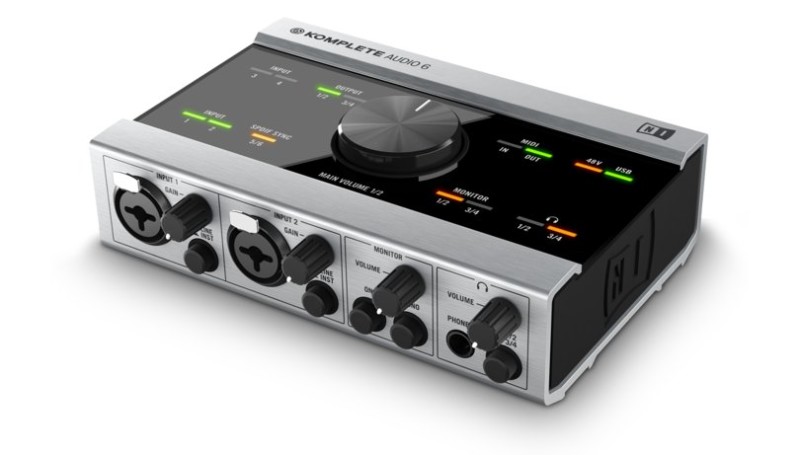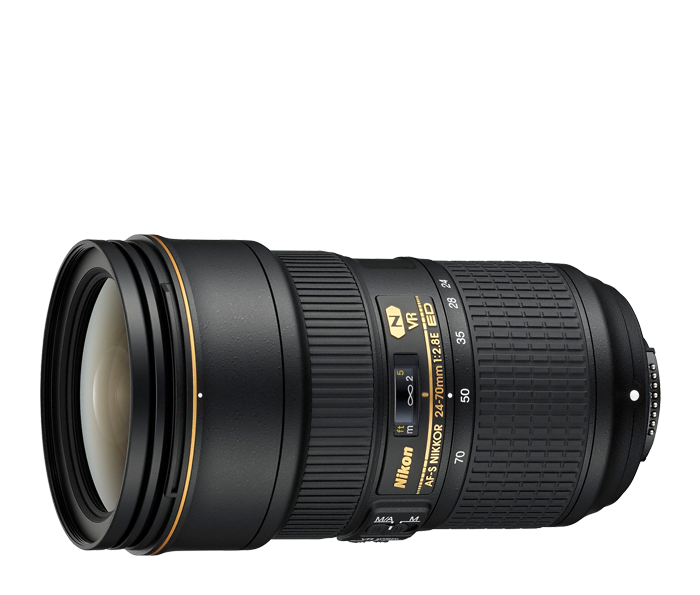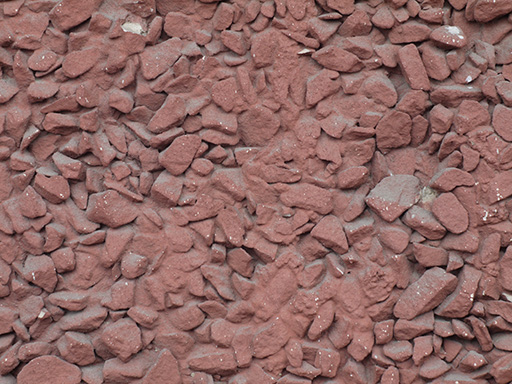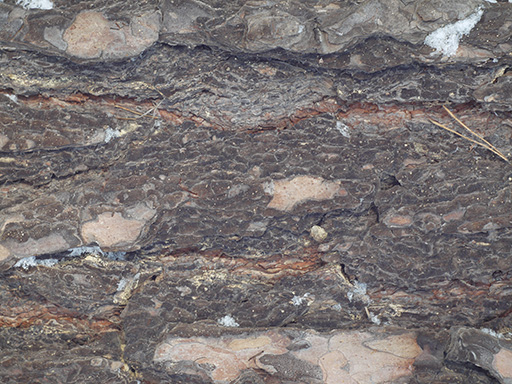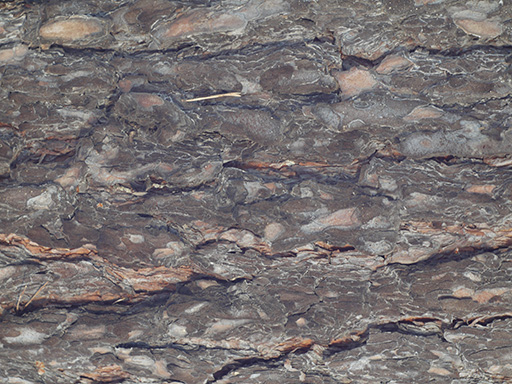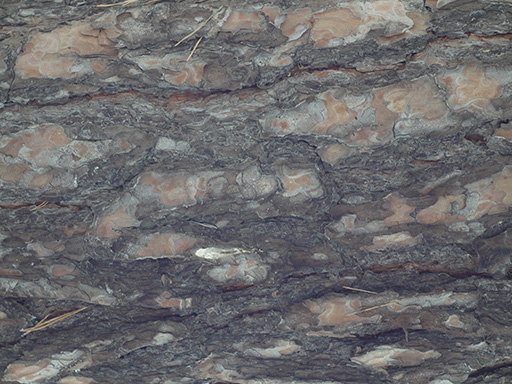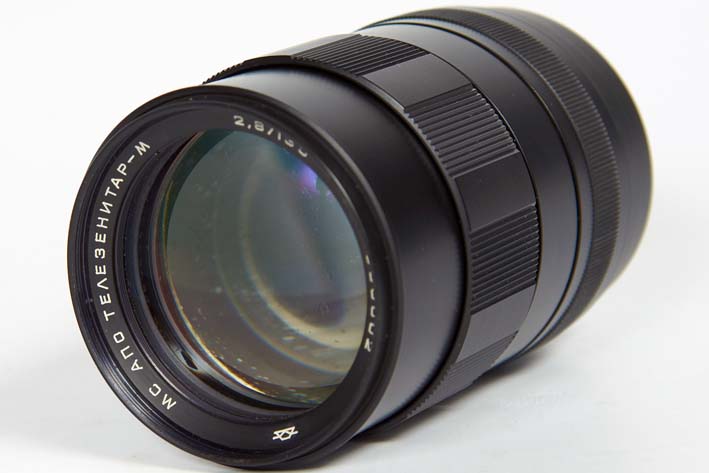
Lets continue our study of Russian-made photo objective lens with MC APO Telezenitar-M 2.8/135. As it follows from its name, it is apochromatic ( it has corrected spherical aberrations ( geometrical image distortions ) and chromatic aberrations ( color image distortions ) for 3 or more light waves lengths ); has 135 mm fixed focal distance and 1/2.8 – 1/22 diaphragm. They were developed in KMZ plant in the beginning of 1980ties and their industrial productions started in 1983 year; also, modifications of objective lens were produced by other companies. Field of view of objective lens is 18 degrees, frame sizes are 24 × 36 mm, and minimal focusing distance is 1.3 m. There are 5 lens elements in 4 groups set in it, all of them are covered with protective and anti-reflective multicoating. MC APO Telezenitar-M 2.8/135 attaches to camera via M42×1 mount, with use of adapters and converters it can be attached to modern cameras with other bayonets formats. Objective lens sizes are : 83 x 66.5 mm, and weight is : 430 g. All in all : it is very good objective lens; it has no automatic focusing and diaphragm control and they should be set manually via control rings, because of this this lens can be advised for experienced photographers or to those, who want to dive in this area. It has small amount of lens elements and because of this it is far more superior in image quality area, than zoom-objecte lenses with simillar characteristics. Also, it is light weight ( for tele-objective lens ) and it is convenient to shoot photos from hands with it and wear camera in trips. Currently these objective lenses are rare in shops and they can be bought via private ads in conditions from “new one” to “with marks of use”.
